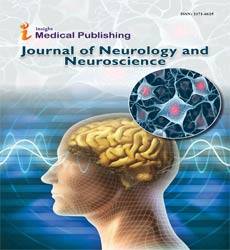Abstract
Tuberous Sclerosis Complex Confirmed by Genetic Analysis: A Case Report
Tuberous sclerosis complex (TSC), also known as Bourneville disease, is an autosomal-dominant, neurocutaneous, multisystem disorder [1]. The underlying genetic cause is mutations in the TSC1 or TSC2 gene, which leads to overactivation of the mammalian target of rapamycin (mTOR) protein complex [2,3]. The main clinical features of the disease are facial sebaceous adenomas, epilepsy, and hypophrenia. Currently diagnosis is based on the criteria established at the 2012 International Tuberous Sclerosis Complex Consensus Conference [4]. mTOR inhibition is presently the main treatment [2,5]. It is still difficult to differentially diagnose TSC from other conditions such as neurofibromatosis, epilepsy, and mental disease, which makes genetic analysis important in its diagnosis.
Author(s):
Chenguang Li, Songjie Liao and Jian Yu
Abstract | Full-Text | PDF
Share this

Abstracted/Indexed in
- Google Scholar
- Open J Gate
- Genamics JournalSeek
- The Global Impact Factor (GIF)
- China National Knowledge Infrastructure (CNKI)
- Directory of Research Journal Indexing (DRJI)
- WorldCat
- Proquest Summons
- Scientific Journal Impact Factor
- Secret Search Engine Labs
- Euro Pub
Open Access Journals
- Aquaculture & Veterinary Science
- Chemistry & Chemical Sciences
- Clinical Sciences
- Engineering
- General Science
- Genetics & Molecular Biology
- Health Care & Nursing
- Immunology & Microbiology
- Materials Science
- Mathematics & Physics
- Medical Sciences
- Neurology & Psychiatry
- Oncology & Cancer Science
- Pharmaceutical Sciences

